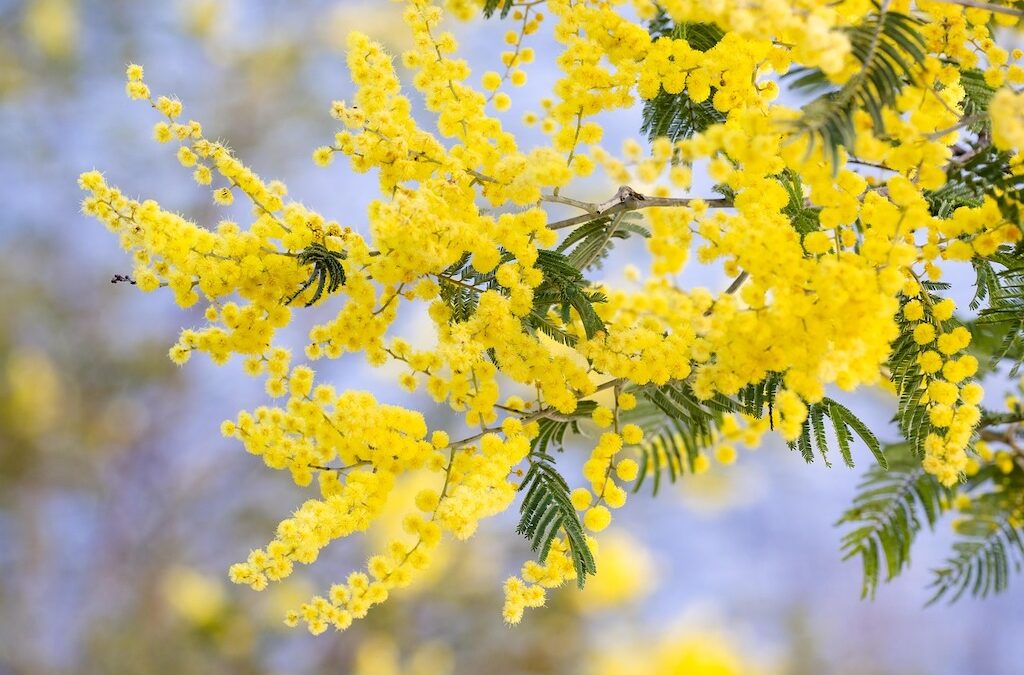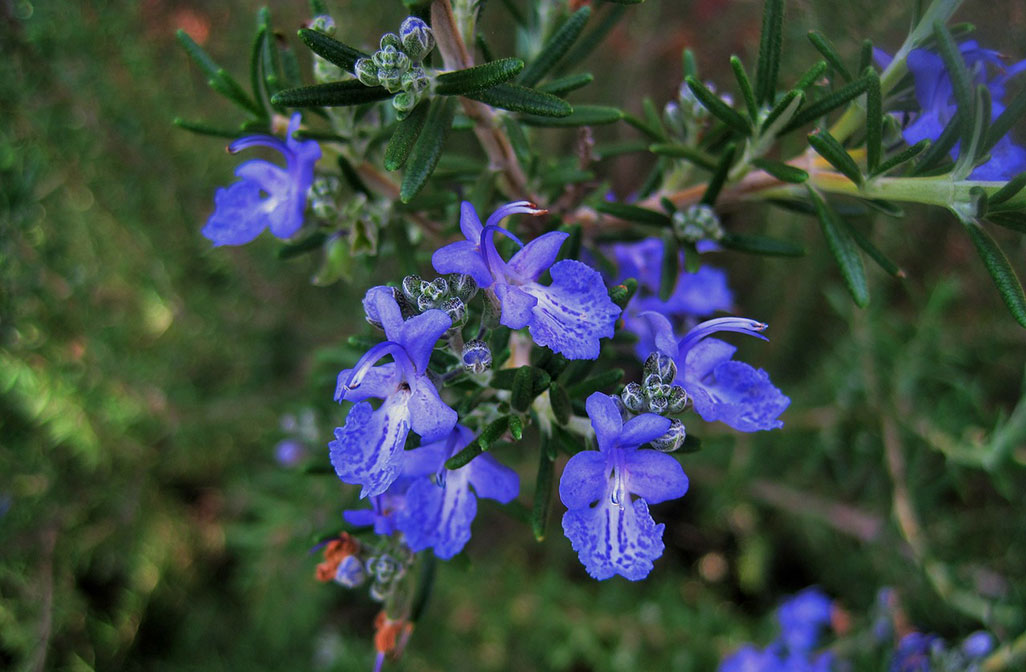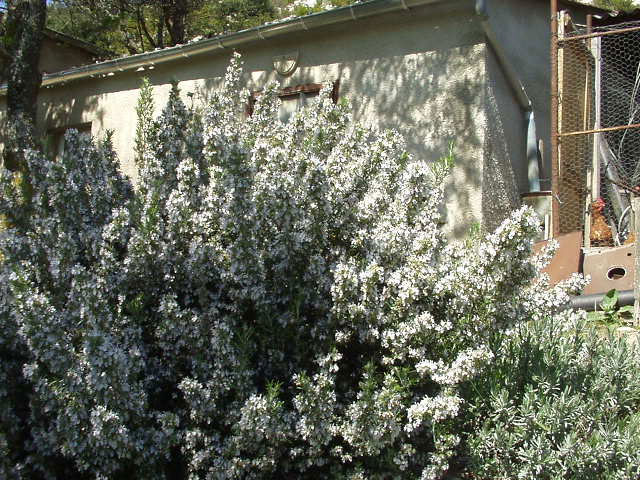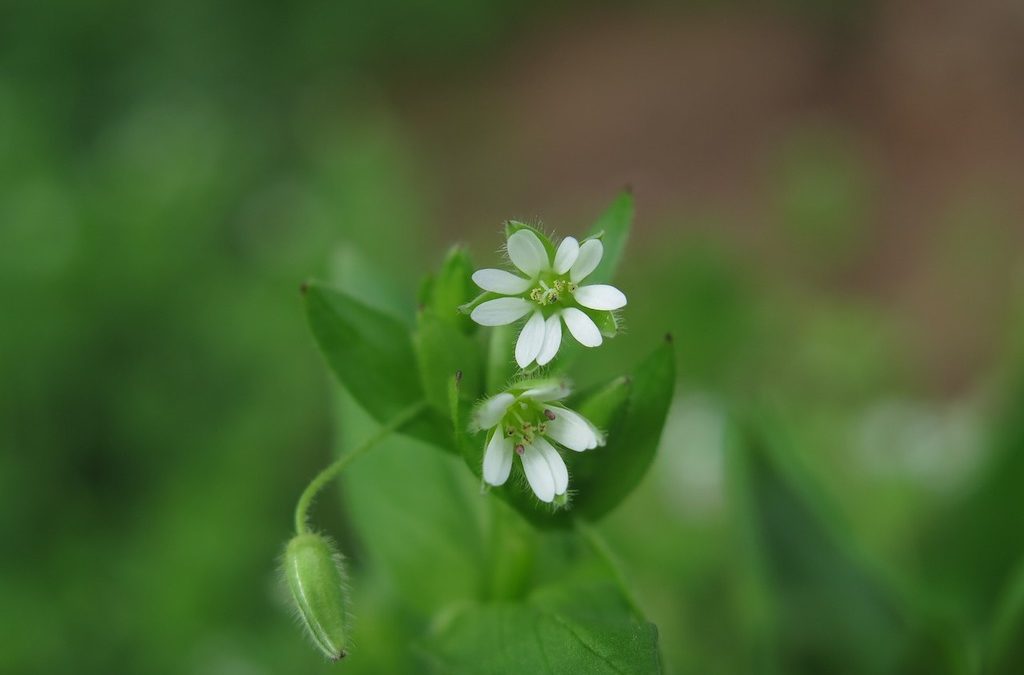
Summer Solstice
Happy Summer Solstice!
At Summer Solstice, the Sun reaches the zenith of its annual journey. We celebrate the longest day and shortest night. It is a magical time: nature is vibrant and the veil between the worlds is thin: sprites and spirits easily cross between them, and we may even catch a glimpse of the little folk.
The young Sun-God Belenos and the Earth Goddess, known by many names, are at the peak of their ecstatic embrace, and all nature takes part in their rapturous exuberance.
At the Summer Solstice, we honour the Gods and celebrate the life force in its generous abundance. Corresponding to the Winter Solstice and the 12 days of Christmas, the Summer Solstice is also celebrated for 12 days. This is a twilight zone, where magic happens. At this time of the year, the gods walk among us and hear our prayers. We ask for protection, health, and sustenance, and pray that they protect our crops from summer storms and fires. We bless the grain and the crops, the barn and the animals.
At the Summer Solstice, the herbs are at their most potent. It is time to gather our annual supplies of St. John’s Wort, Mugwort, Verbena, Chamomile, Mullein, Grund-Ivy (Glechoma hederacea), and more.
Spiritually, the summer solstice marks a threshold. It is a time to seek guidance and answers by divination or to retreat on a vision quest to hold counsel with the gods. At this halfway point in the annual cycle of the year, we reflect on the first 6 months. Have the seeds we planted in the spring sprouted? Are they blossoming and promising to bear fruit? Did we follow our visions and achieve the goals we set at the beginning of the year? Are we on track, or did we wander off into the tall grass along the way?
Are those goals still relevant? Take a moment to reflect, re-align and connect with your inner vision and guiding voice of the higher self. If you have veered off the path, this is an opportunity to adjust course, so you can sail successfully through the second half of the year.
If you are unsure of your direction, this is a perfect time to seek divine guidance by vision quest, pilgrimage, or retreat – whichever way allows you to commune with the gods and silence the noise enough so you can hear the whispers of intuition.
Above all, Midsummer is a time to gather and celebrate, to revel around bonfires, dancing, feasting, and merry-making. The twelve days of the Summer Solstice offer a break from usual activities and encourage us to soak up that pure life force in all its glory.
And yet, this year my heart is heavy, even as I celebrate the eternal powers of the life-force and its abundance. As I write these words, nature is in great peril and distress. Temperatures have risen to levels we normally see in August, and drought wilts the verdant mantle of the earth. War is raging, and worse is looming. Sorrow clouds my joy. I retreat into silence to seek solace and guidance, and to pray for peace.
Happy Summer Solstice, everyone – may peace return to all!

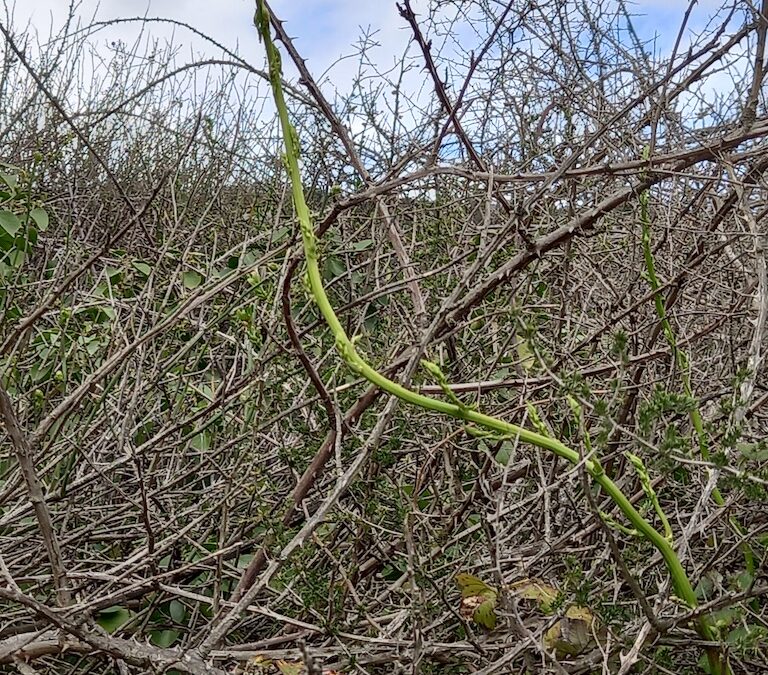
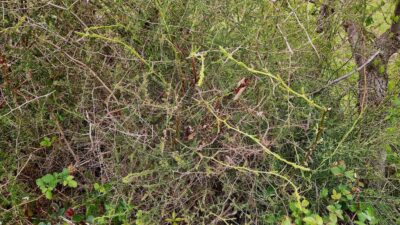
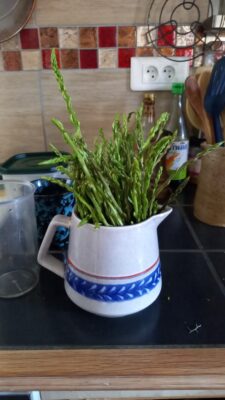 How to Prepare Wild Asparagus
How to Prepare Wild Asparagus